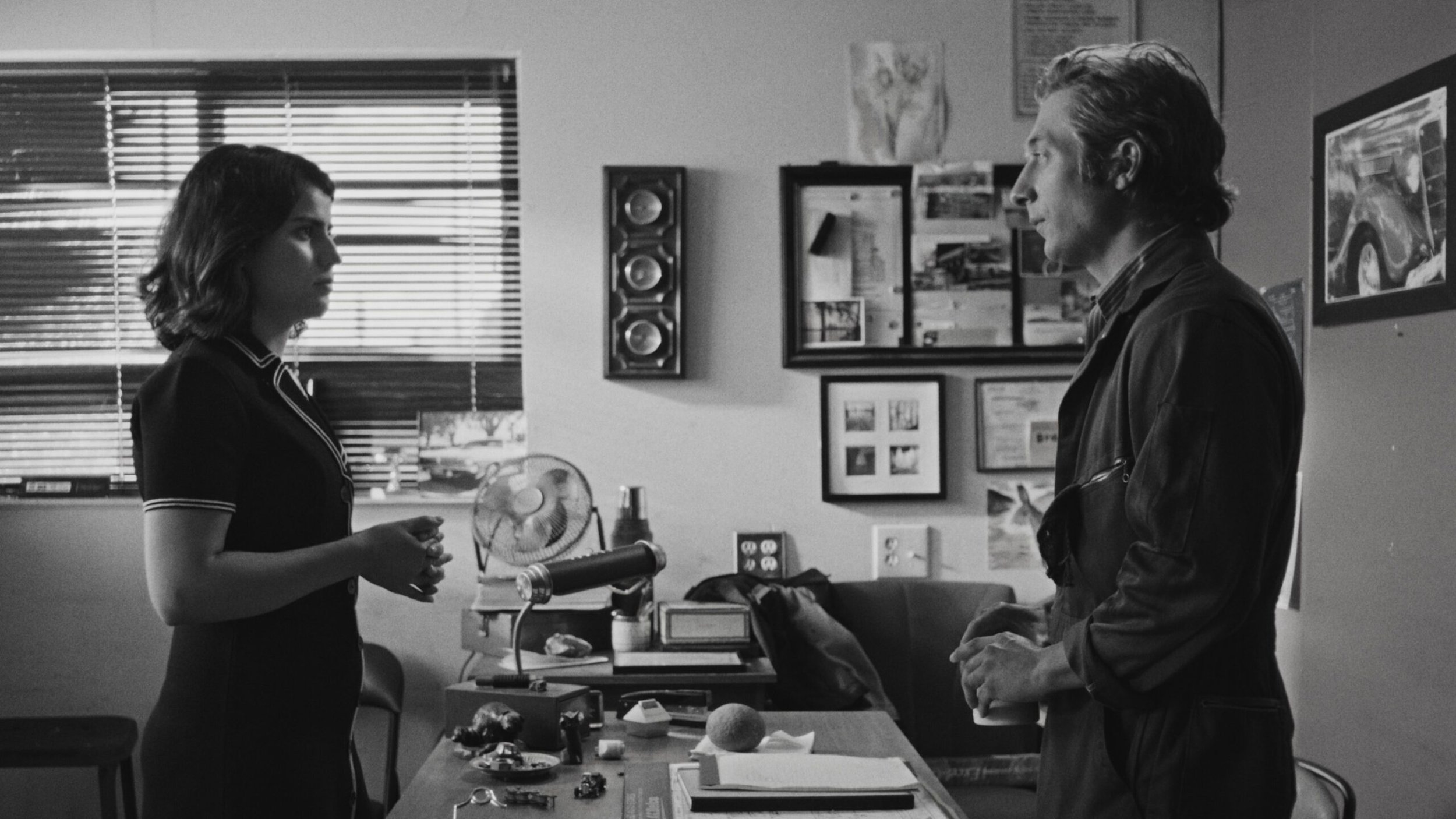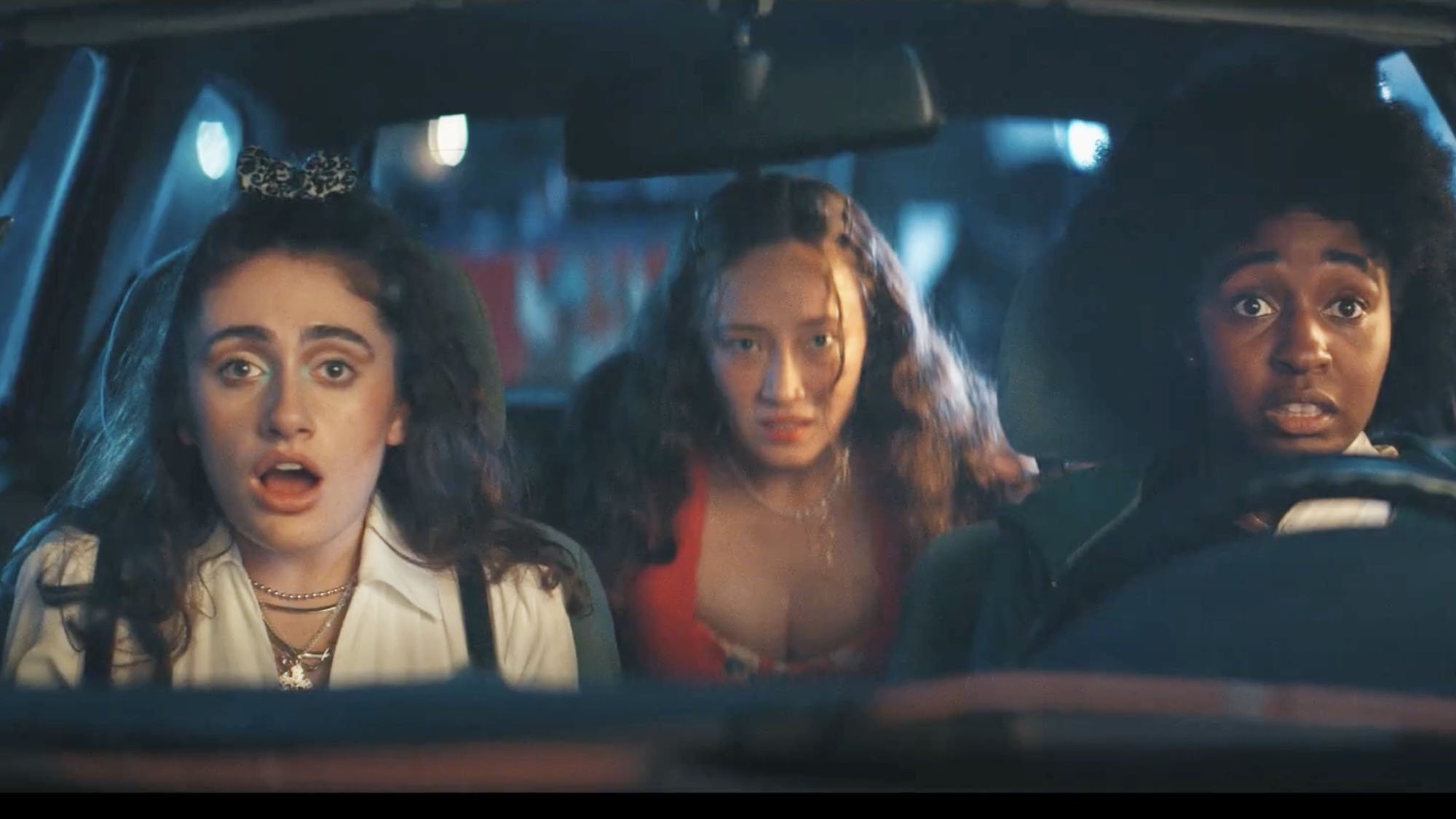THE ORIGIN OF EVIL
Directing: C+
Acting: B+
Writing: C+
Cinematography: C-
Editing: C-
Here’s something I’ve never said about a movie before: The Origin of Evil might just be too French or its own good. Full of unlikably arrogant people, with an inflated sense of self. Not all of the French are like that, I’m sure; these are stereotypes. But this movie isn’t doing them any favors.
In spite of its bevy of talented performers, The Origin of Evil lost me early on. It gets progressively weirder, in less compelling ways. Nathalie (Laure Calamy) is visiting a father, Serge (Jacques Weber) she’s never met before. She progressively gains his trust, to the suspicion of his wife, Louise (Dominique Blanc); his daughter, George (Doria Tillier); his grandaughter, Jeanne (Céleste Brunnquell); and their longtime housekeeper, Agnès (Véronique Ruggia), all of whom live in a giant, overly cluttered house together. I won’t spoil the many narrative left turns that follow, even though one of the few things that impressed me about this movie is how unremarkable it is for all its twists.
I will say this: we never get a sense of Nathalie as a whole person, or what really informs her actions. I knew little about this film going in, and when Nathalie is shown dialing Serge on the phone, she appears nervous to the point of terrified—a detail that makes less sense in retrospect once the film is over. “What are you playing at?” is something she is asked at one point, and I was already asking it. There are moments early on when it feels like The Origin of Evil will be a straightforward family drama, the title notwithstanding, but things prove to be far more complex than that. Just not in any way that particularly satisfied me.
This film has many unearned pretensions, not least of which is the title—these are shitty people, basically all around, but evil is a bit loaded for what ever actually happens onscreen. Nathalie works at a fish packing factory, and the opening title card appears superimposed over lined trays of fish, with ominous music. You would think the fish, or the factory, would play a particularly crucial part in the plot. They don’t.
If there is anything to love about The Origins of Evil, it’s the ensemble cast of nearly all women, with only one exception: Serge is the only principal character who is a man. He’s an asshole, but all the other women also prove to be either assholes in their own right or sociopaths, with the possible exception of Jeanne—but given the fucked up family she’s in, give her time.
The film runs slightly over two hours, though, and the first half in particular moves so slowly, it might play a lot better with a good fifteen or twenty minutes cut out. Things do pick up in the second half, and get a bit more exciting, but for me it was too little too late. I spent more time thinking about when this movie would end than I did about what was going to happen next.
I have to mention the cinematography, because some of it just plain sucks. Why the hell is a movie like this employing the use of retro split screens, with thick black lines separating the different feeds? The first time it happens, Nathalie is just sitting at a table having dinner with Serge and his family—five people, three sections of a split screen, each of them cutting to a new person saying something or making noise, including every time Jeanne gets a text notification. Why do we care about all this? I have no answer. A few later scenes employ the split screen as well, and you get the sense that director Sébastien Marnier thinks he’s doing something clever with this material. He isn’t.
I have to acknowledge that talent went into the making of this film, particularly the cast, and the set design. I’d love to see all of these people’s work in a less tiresome movie.
It’s not nearly as fun as this might suggest.
Overall: C+










